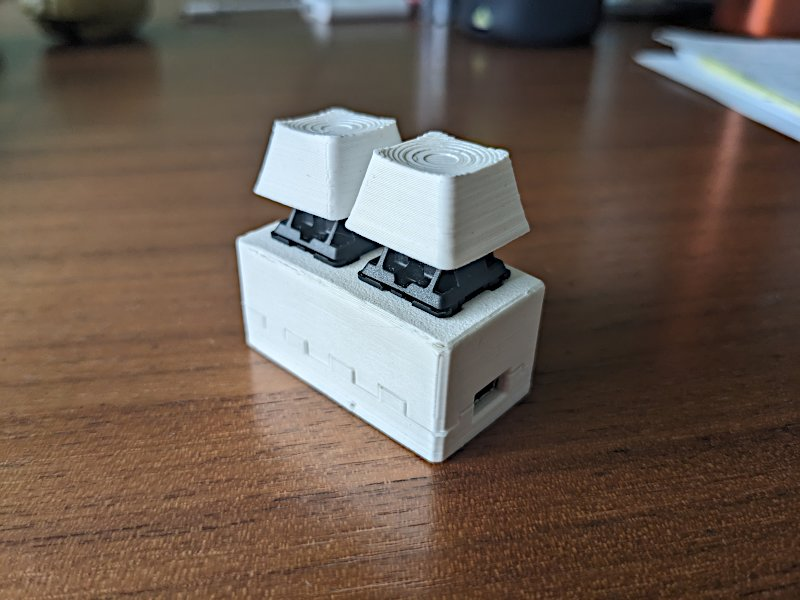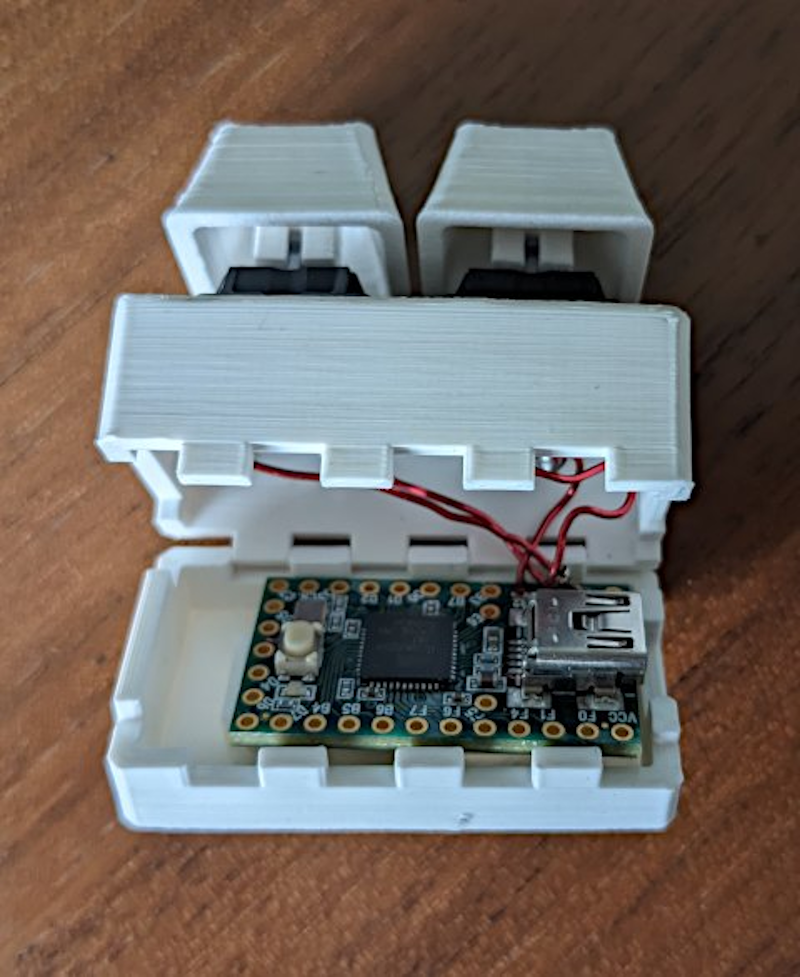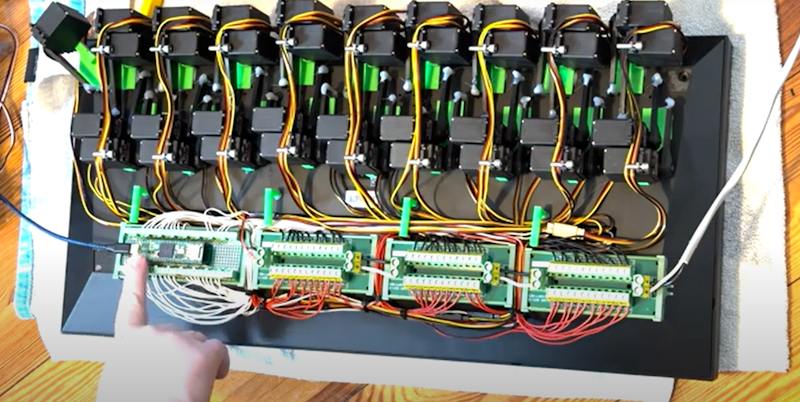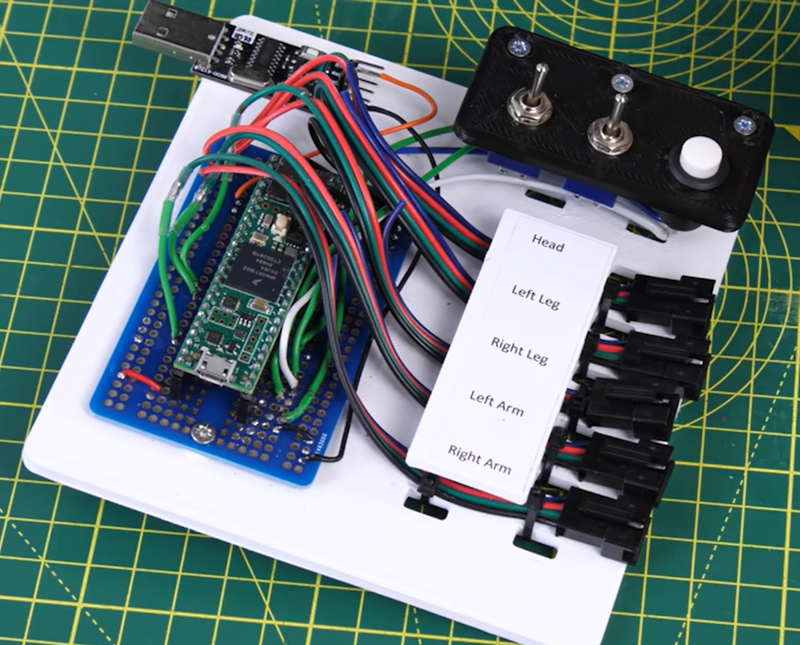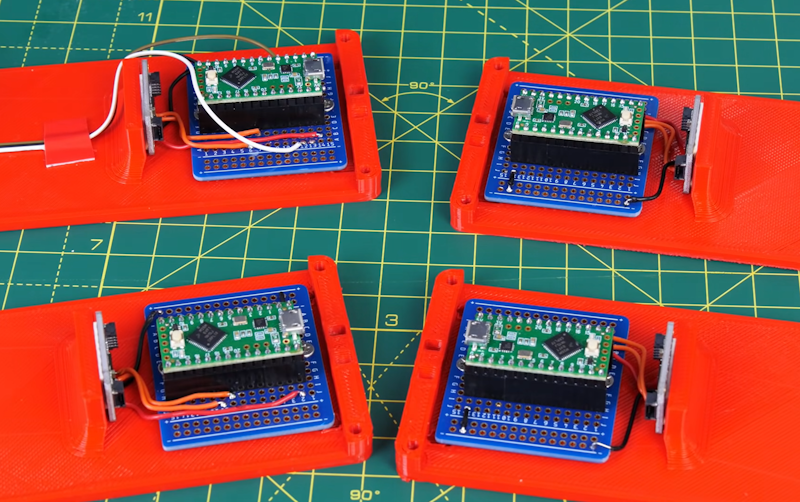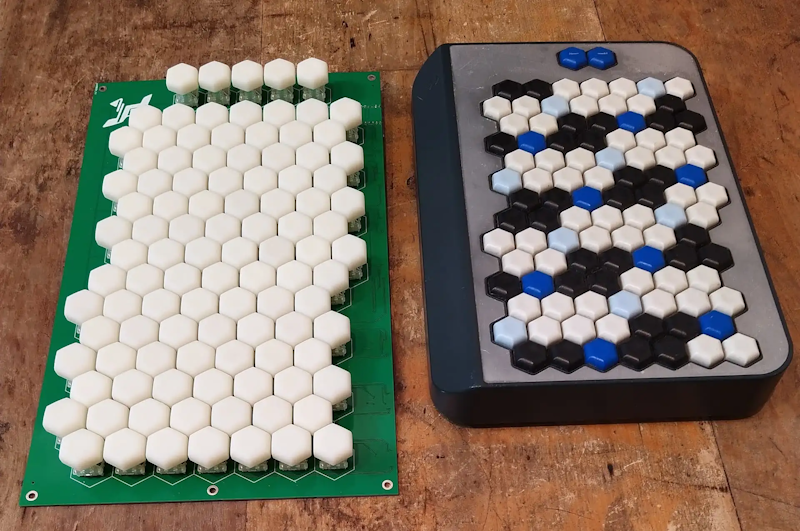Yang Zhang, Wolf Kienzle, Yanjun Ma, Shiu S. Ng, Hrvoje Benko, and Chris Harrison have created ActiTouch: robust touch detection for on-skin AR/VR interfaces. Instead of traditional handheld controllers, the system uses the body as an input device.

A smartwatch-style wristband contains a Kinetis K20 microcontroller running firmware prototyped with Teensy and a AD5930 waveform generator, as well as a LiPo battery to power the system. Electrodes on the wrist and headset, combined with computer vision enables both high tracking precision and robust touch detection, permitting touchscreen-like interactions on the wearer’s own skin. Learn more on Chris’s web site, in the original paper, or in the video below.
